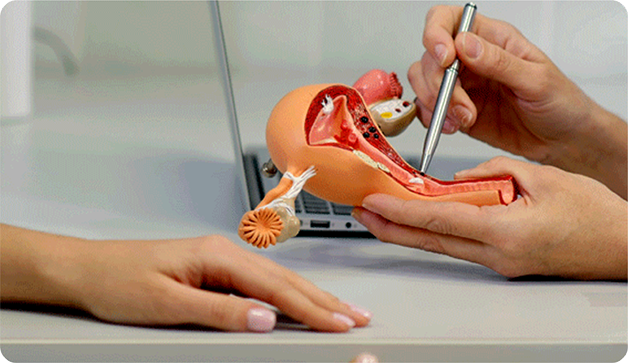Uterine Cancer
The uterus or womb, a pear-shaped organ, is located in the pelvis between the bladder and rectum. The top of the uterus is called the fundus, the middle portion is the corpus, and the bottom is called the cervix. The uterus is covered by two layers of cells, the outer lining and the inner lining (endometrium). A cancerous growth in any of these two linings leads to uterine cancer. Out of the two layers, the majority of cancer affects the endometrium.


Types of Uterine Cancer
- Depending on the type of cell, uterine cancer is of the following types:
- Endometrial cancer: This is a common cancer which starts in the endometrium or inner lining of the uterus.
- Uterine sarcoma: This is a rare type which starts in the muscles or other tissues of the uterus






